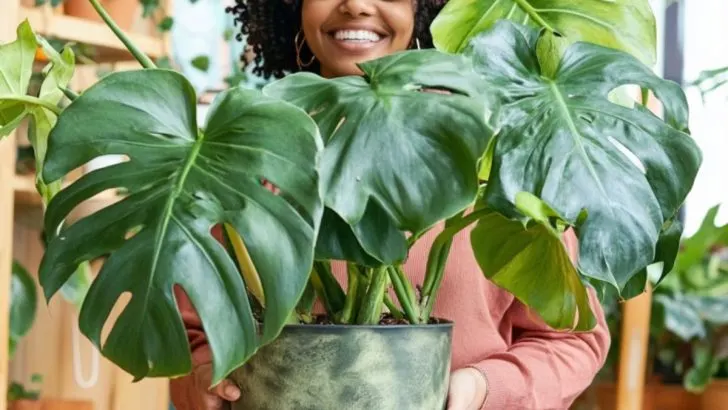As the chill of autumn begins to creep into the air, it’s time to think about gathering your leafy companions from their sunlit summer spots back into the cozy confines of your home.
But how do you ensure they transition smoothly from basking in the warm sun to resting indoors? Here, we unravel five indispensable tips to keep your houseplants flourishing even when the temperatures drop.
Bringing houseplants outdoors when the days get longer is often a treat for them. They soak up more sunlight and warmth than our climate-controlled homes can provide, resulting in robust growth.
However, as the seasons change, it’s crucial to usher them back inside before frosty weather sets in. This delicate transition involves more than just moving them; it requires a bit of planning and care to make it seamless.
Here’s how you can prepare your plants for winter and keep them thriving indoors.
1. Spot Potential Pests
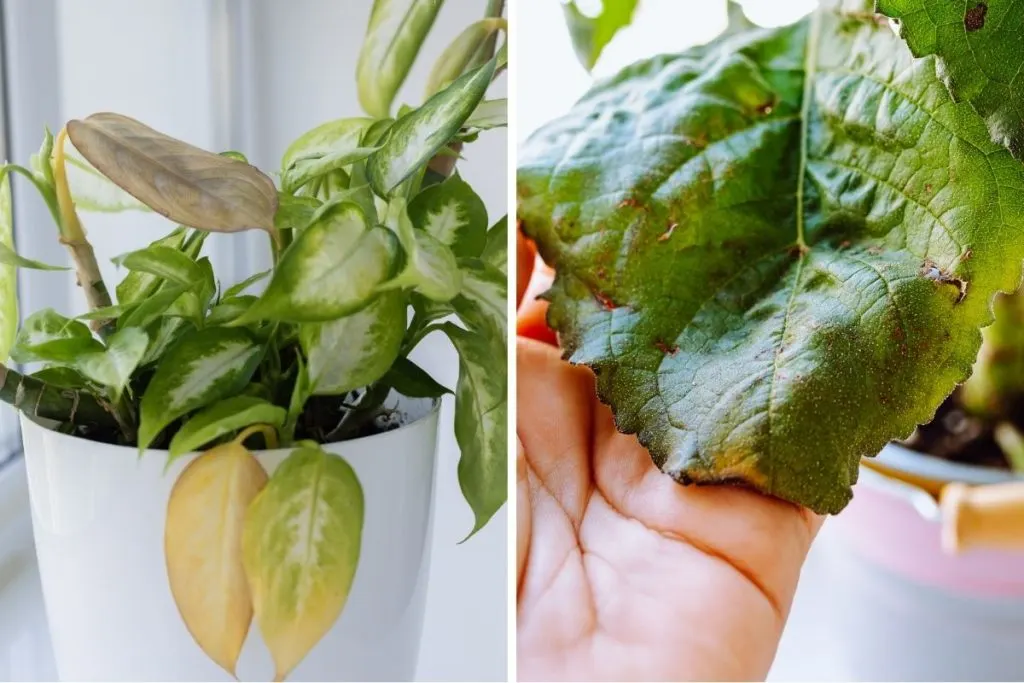
Picture this: your plant is like a hotel for insects during its summer vacation outside. Guests like aphids, whiteflies, and even spider mites might have checked in without a reservation. It’s essential to evict these freeloaders before bringing your leafy friend inside.
Start by closely examining the leaves—turn them over and give them a little shake above a piece of white paper. If you spot tiny specks, it might be time for some pest control.
A gentle bath might be in order; soak small plants in a bucket of soapy water to send those bugs packing. For larger foliage, a good spray down with the garden hose should do the trick.
While you’re at it, give the root ball a quick check for any unexpected critters like rodents or snakes.
Check Both Sides
It’s easy to overlook the undersides of leaves, but that’s often where trouble lurks. Be diligent and remember that some pests are experts at hide-and-seek.
Use Natural Remedies
Consider using insecticidal soap or neem oil if you find stubborn pests. These natural solutions are gentle on plants and effective against pests.
2. Help Them Acclimate
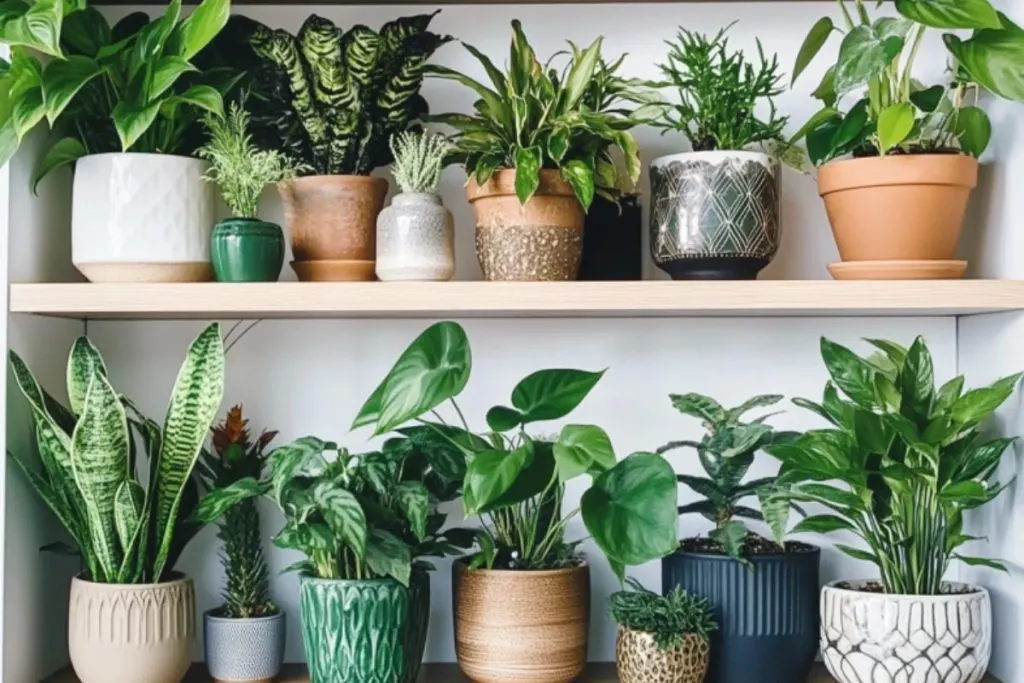
The sudden transition from bright summer light to cozy indoor shade can shock your plants. To prevent them from shedding leaves faster than a tree in autumn, introduce them slowly to their new environment.
Start the acclimatization process a few weeks in advance by moving your plants to a shaded outdoor area. This gradual reduction in light conditions helps them get used to less sun.
Once inside, place your plants in a space with bright light initially, then gradually move them to their usual spots.
Gradual Transition
Think of this as similar to “hardening off” seedlings—it’s all about easing into new conditions. Patience here pays dividends with happy, adapting plants.
Expect Some Leaf Drop
Don’t be alarmed if your plant loses a few leaves; it’s just adjusting. Feel free to chat with them (yes, really!) as they settle into their new home.
3. Pull Back on the Fertilizer
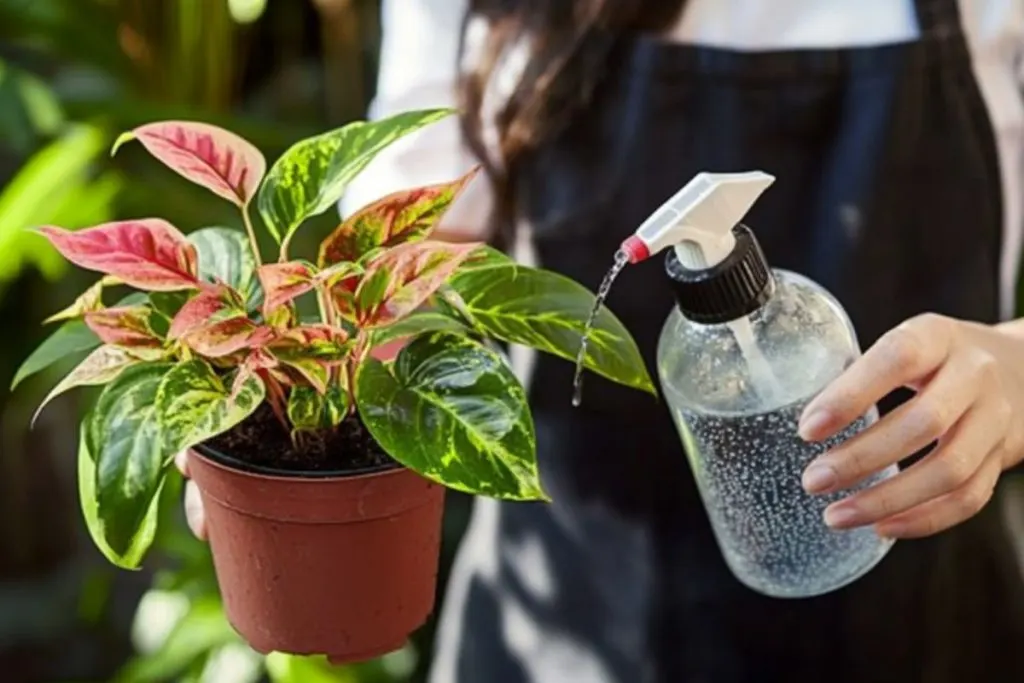
Your plant buddy isn’t growing much in the winter, so it’s time to curb their diet a bit. Cease fertilizing about a month before the big move indoors. This helps prevent any new, vulnerable growth from forming just as the plant is about to go dormant.
Once inside, fertilize sparingly. Opt for a gentle, slow-release blend or a light layer of compost to keep everything ticking along smoothly. This ensures your plant is adequately nourished without overwhelming it with nutrients it doesn’t need right now.
Nutrient Rest
Just like us, plants need a break from the hustle and bustle of summer. Their winter months are about resting and conserving energy for the bustling growth ahead.
Compost as the Secret Weapon
A sprinkling of compost acts like a nutrient IV drip, giving just the right amount of sustenance without overdoing it.
4. Ease Up on Watering

Winter is a time of repose for most houseplants, and with their growth slowing down, their thirst diminishes too. Start tapering off your watering schedule before moving your plants inside. This helps reduce the shock and also makes the pots lighter and easier to carry.
Reduce watering once indoors, keeping the soil slightly moist, and avoid the sogginess that can lead to root rot. If you’ve been fertilizing heavily, consider giving the soil a good flush to remove any excess salts.
Watch for Signals
Your plant will tell you if it’s thirsty; keep an eye out for drooping leaves as a signal but avoid overwatering, which is just as damaging.
Water Less, But Wisely
When watering, make sure to drench the soil thoroughly but let it dry out a bit in between sessions.
5. Get Pruning and Deadheading
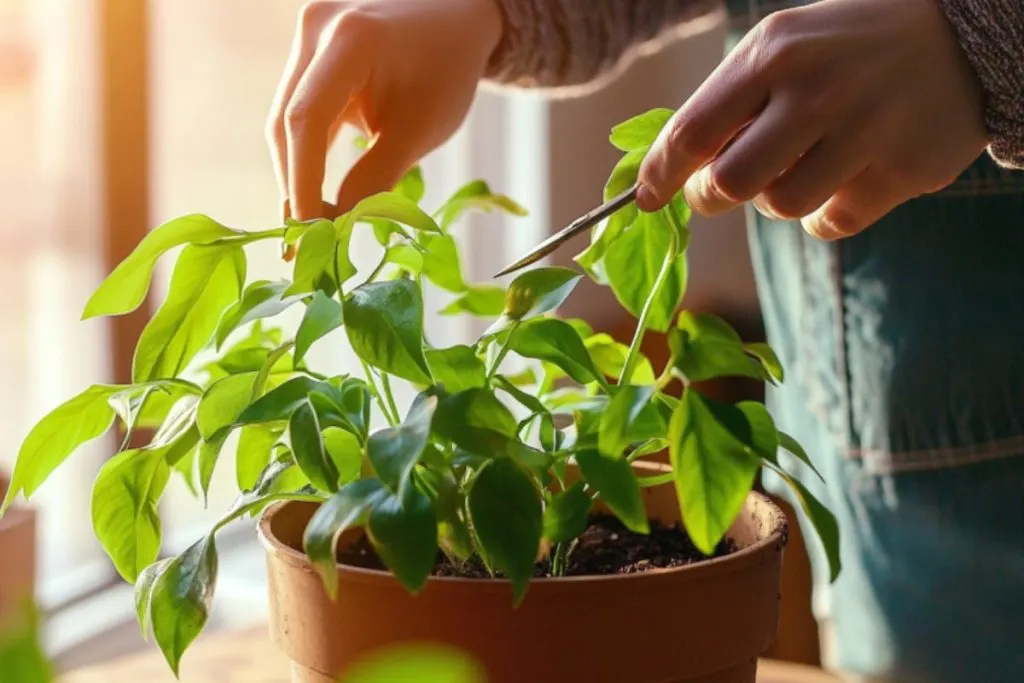
Your plants may have grown into wild, untamed versions of themselves over the summer. Now’s the time to tame that jungle. Remove spent flowers and prune where necessary to keep your plant in shape and maintain a smaller size for indoor settings.
Clear away dead leaves and debris from the top of the soil to prevent pests from settling in. If any of your plants have outgrown their pots, consider repotting or dividing them. This is also a prime opportunity to take cuttings for propagation—because who doesn’t love more plants?
Keep Pests at Bay
By clearing away dead plant material, you reduce the chances of harboring pests ready to munch away at your greenery.
Propagation Time!
Propagating is like making memories; you’re creating something new from the old, ensuring your beloved plant lineage continues.
By following these steps, you ensure that your houseplants make the transition from their summer holiday back into your home with ease and grace. After all, every plant deserves a little TLC as the seasons change. Happy gardening!

